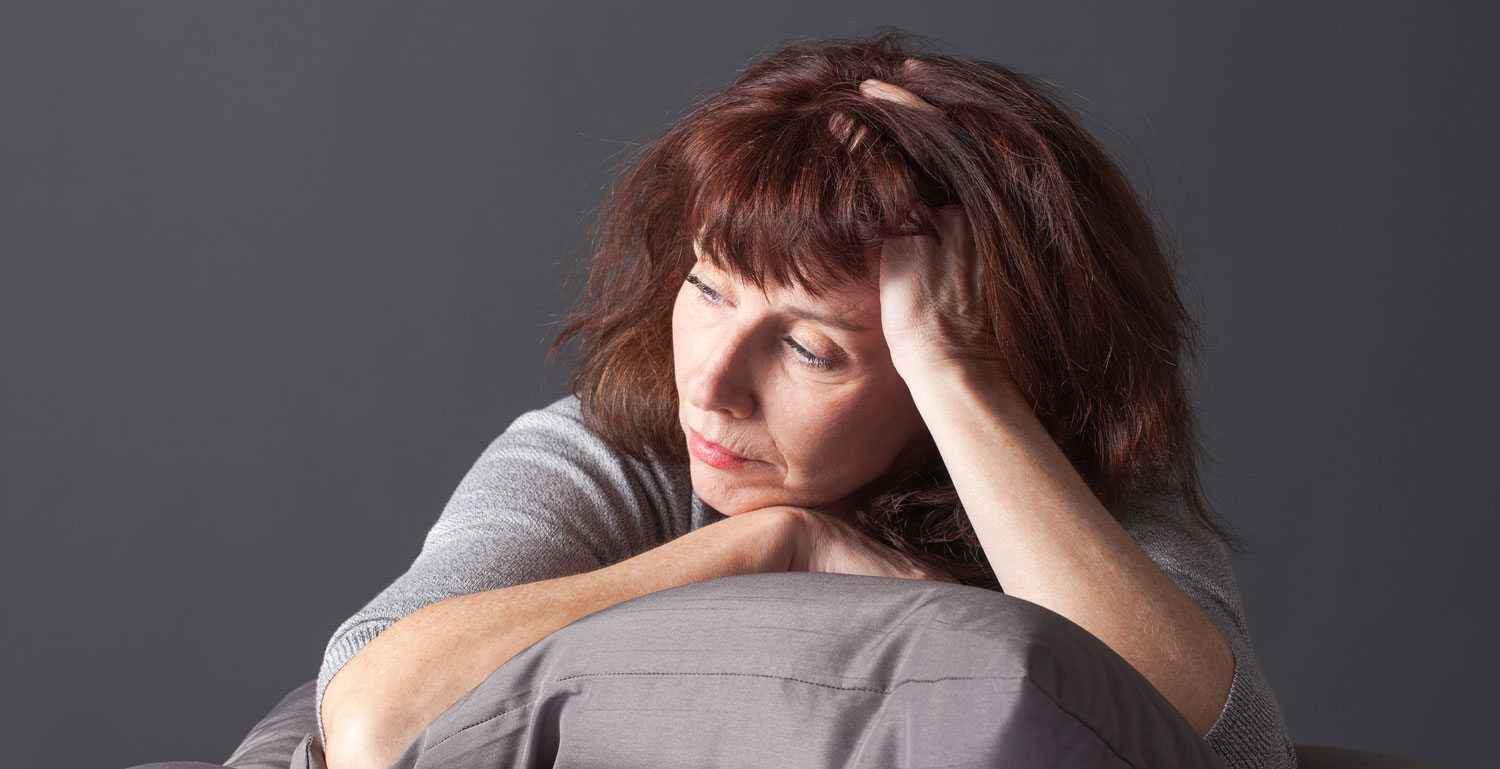But the cold does come with its benefits. Making snowmen and jetting down ski slopes. Tearing open gifts in a furious flurry of wrapping paper and bows. Once the joy of Christmas and the temporary relief of snow days are gone, however, many people find themselves with “the winter blues.”
Like flowers hiding under the soil for the season, many people stay hunkered down in the winter. Socializing is sparse except for the occasional call or text. Exercising equals running across the cold kitchen floor in pursuit of a snack. This can all contribute to increased feelings of loneliness and sadness, but they eventually disappear when spring has sprung and life returns to its sunny normalcy.
But for 16 million Americans, changes in mood during winter are more than the winter blues. Seasonal affective disorder, or SAD, is a growing problem, and many are unsure of the signs to watch for.

What is seasonal affective disorder?
Seasonal affective disorder is a form of depression that often begins in late fall or early winter and resolves when spring begins. Researchers aren’t sure exactly what causes seasonal affective disorder. Some theories suggest our biological clocks shift with the shorter days, throwing off the body’s ability to regulate mood, sleep and hormones.
Another theory suggests SAD is rooted in vitamin D deficiency. Serotonin, the key hormone for mood stabilization, and often referred to as the “happy hormone,” gets a boost from vitamin D. Since sunlight is a main source of this vitamin, a lack of sunlight means serotonin has a harder time keeping up and keeping you happy.
Whatever the cause, everyone has some risk for developing SAD, but certain populations have a greater chance of developing this form of depression. They include:
- People with other mood disorders such as major depressive disorder or bipolar disorder
- People with a family history of mental health conditions like depression and schizophrenia
- Those living in higher latitudes away from the equator
- People living in cloudy regions
- Anyone suffering from an anxiety disorder
- Those with attention deficit disorder
What isn’t seasonal affective disorder?
Seasonal affective disorder isn’t just the winter blues. This form of depression can develop into a multitude of physical and mental problems when unaddressed. While it’s not uncommon for people to experience a mood change during winter months, SAD is a step beyond a sour outlook. It often doesn’t go away on its own. It can create feelings beyond sadness like anxiousness and emptiness. Thoughts of self-harm or suicide may accompany boughts of depression and should be addressed immediately with your primary care physician or a trained counselor from the National Suicide Prevention Hotline at (800) 273-8255.
Seasonal affective disorder isn’t experienced the same way by everyone. Symptoms can look different across biological sexes. Men tend to have more feelings of anger and may experience greater fatigue. Women, on the other hand, usually feel guilty and may experience memory loss.
Seasonal affective disorder isn’t something to be ignored. Mental health is just as important as physical health. If you thought your leg was broken, would you avoid the doctor because of what they may think? Medical professionals and trained mental health professionals are here to help you live the happiest, healthiest life possible, and that means addressing every need—physical and mental. If you believe you may be suffering from SAD, contact your doctor to have a conversation about treatment options.

What are the symptoms?
Symptoms of seasonal affective disorder include:
- Feeling sad or having a depressed mood
- Loss of interest in activities
- Change in appetite
- Change in sleeping patterns
- Loss of energy or increased fatigue
- Easily irritated or agitated
- Feelings of hopelessness, worthlessness or guilt
- Difficulty thinking, concentrating or making decisions
- Thoughts of death or suicide
As mentioned before, different people can experience different symptoms of seasonal affective disorder. Some may even experience one or two of these symptoms without having the disorder. However, if you experience a majority of these symptoms on a regular basis, you should consult a physician or mental health professional.

What are the treatments?
Like most health issues, there is no one-size-fits-all solution for seasonal affective disorder. There are, however, a few treatment methods those with SAD may find helpful:
- Sunlight: Whether you bundle up for a walk during your lunch break, play in the snow with your kids or pets, or try an outdoor winter activity, spending time in the sun can help alleviate symptoms of seasonal affective disorder.
- Light therapy: Light boxes with white fluorescent bulbs mimic sunlight and can provide relief to those in need of extra vitamin D. It’s important to consult a doctor or mental health professional before using a light therapy lamp.
- Exercise: Getting in your daily exercise helps strengthen the body and mind. For those with depression, getting 30 minutes of exercise most days of the week can provide increased levels of serotonin and endorphins that boost your mood.
- Therapy: Attending therapy can help those struggling with seasonal affective disorder express their feelings and find new ways to cope during the winter months.
- Medication: Antidepressants can be a helpful tool against seasonal affective disorder. By regulating brain chemicals, medication can provide much needed relief during bouts of depression. It’s important to consult a doctor about any prescription treatment plans.
You don’t have to struggle with “the winter blues” any longer. If you believe you may have seasonal affective disorder, reach out for help. A happier, healthier winter is possible when you address your mental health concerns.















